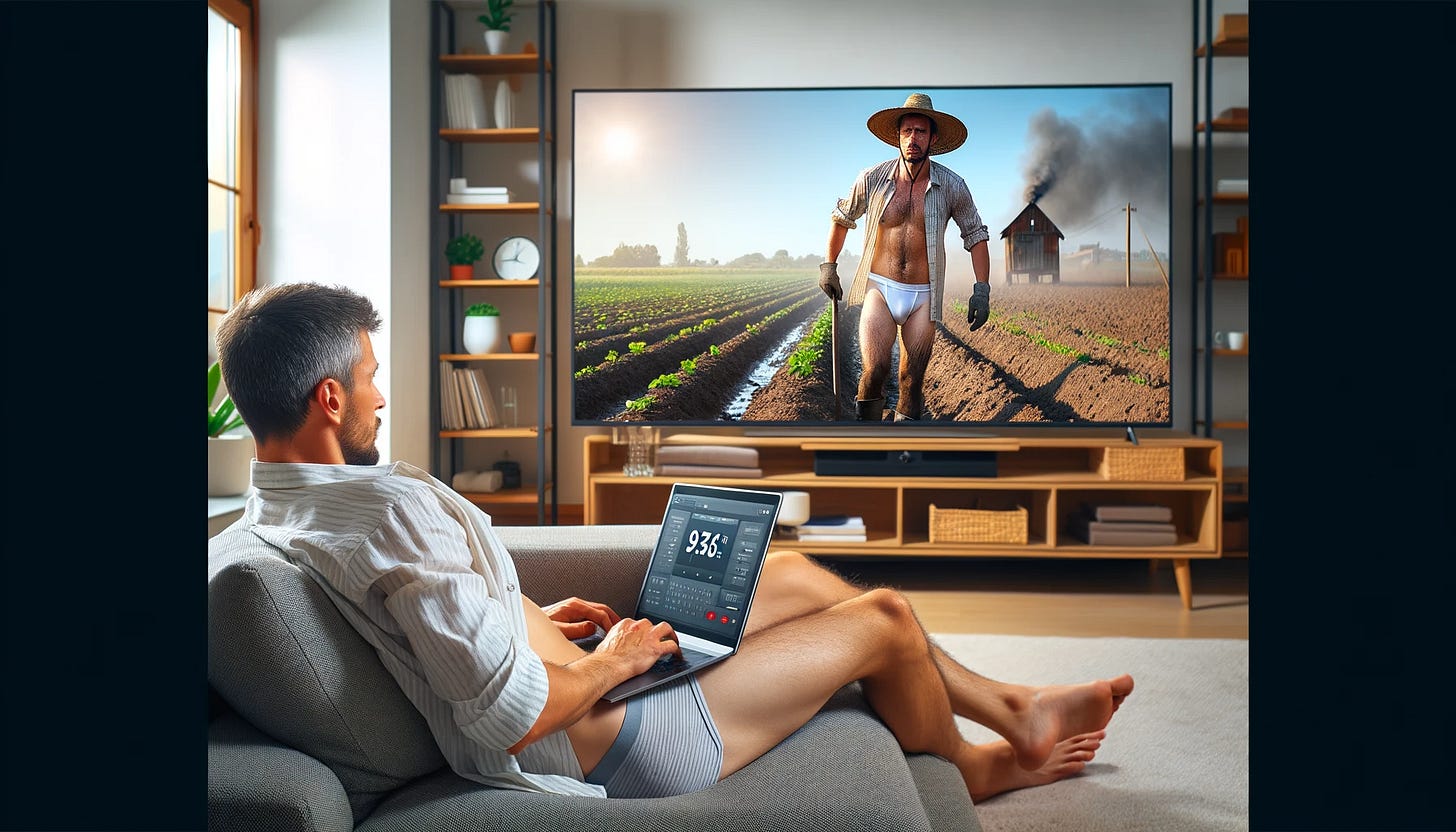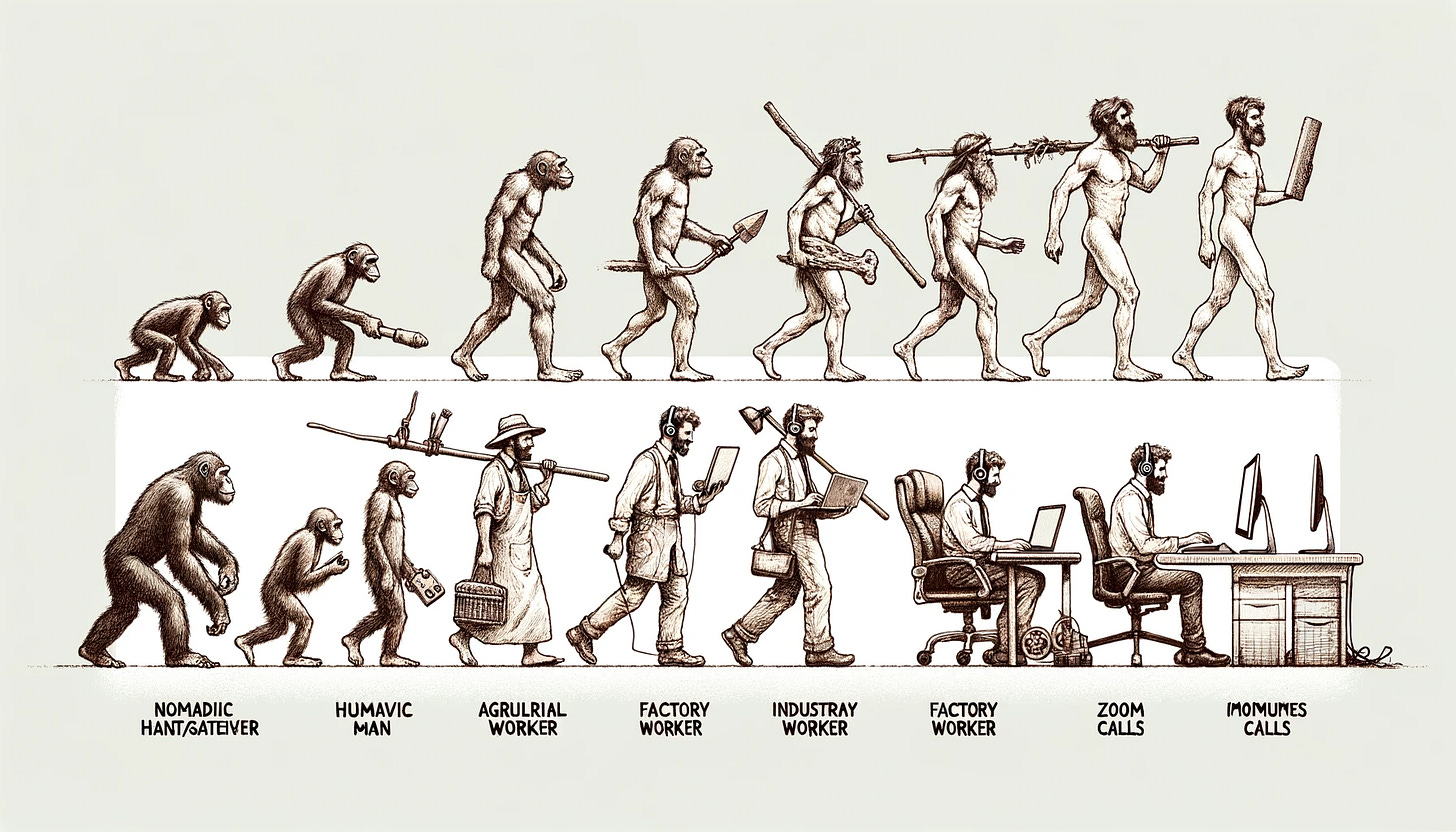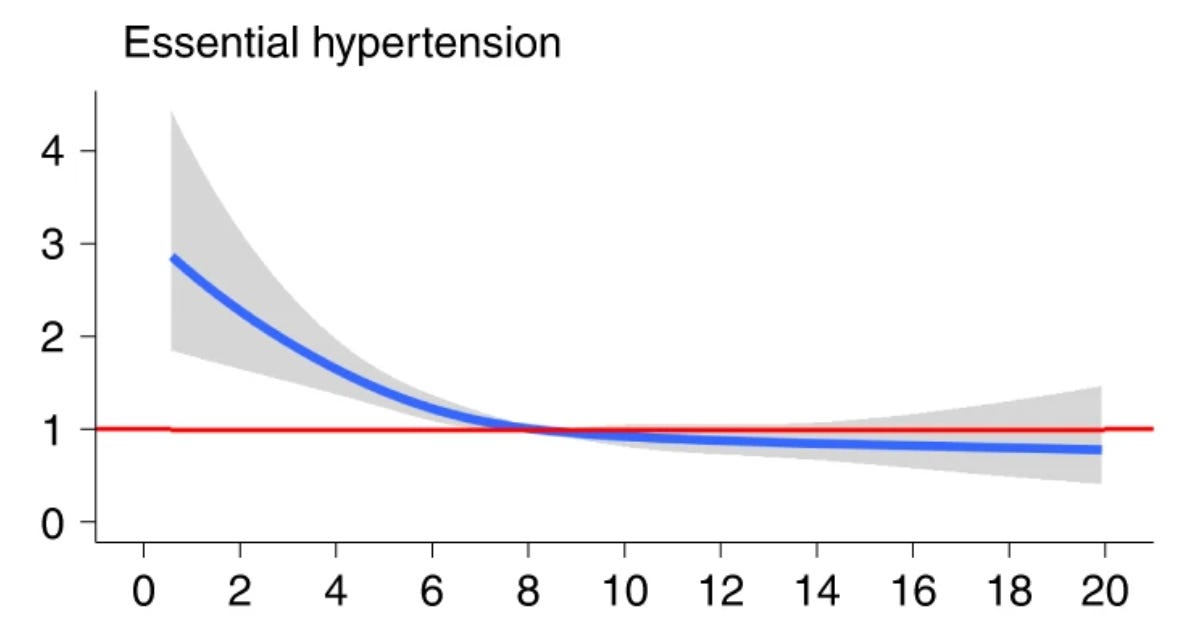Welp, we've got a problem...
This is the origin story of Move and the personal problem we faced that turned into an opportunity.
In the Fall of 2022, on a Friday around lunchtime, I had planned to go for a long walk. Instead, I found myself sitting on a Zoom call with a handful of coworkers, trying to triage a production outage. Production downtime isn't a common occurrence, but it happens.
More importantly, this meant that I would not be going on the walk I had planned and I wouldn’t be enjoying the beautiful fall weather here in Texas. A quick check of my calendar and I was booked for the rest of the day as well.
This was a bummer because I had missed another walk that Wednesday due to a rainstorm… so I really wanted to get outside. I had been trying to walk a few times a week but I would often miss one or two walks a week due to various things popping up.
While sitting there on the triage call, I began to feel the sting of missing out and the stress of the production outage sinking in. I tried to recall the last time I had even left the house. "Crap," I thought, "I'm not sure if I've left the house since Sunday when I had to run to Home Depot." Checking my step count on my phone, I noticed that I had only averaged about 3,000 daily steps that week.
Curious, I started asking others on the call about their daily step count totals. The responses were similar: 2,300… 3,200… 1,800! We wrapped up the call later that afternoon, but I couldn’t stop thinking about our collective lack of movement.
I'm not a medical doctor, so I can’t really explain to you what "hypertension" is, but I felt tense all over, unable to relax. I felt like what hypertension sounds like.
“Guys, we’ve got a problem.”
Looking for a new opportunity
In parallel to all this, my employer, Bright Health, had just announced that they would be winding down their business operations over the next two quarters. That’s a longer story, but it meant that change was on the horizon.
Many of you know that I have a “side hustle” app called List Maker that I co-created with Patrick Adiaheno under our business named AP Studio. He also happened to be working with me at Bright Health and was seeing/experiencing the same problem. In fact, I think he was on that same triage call!
It’s no secret that we both would choose to work on our own company as long as we could pay our bills and be responsible adults at the same time. That’s kind of the dream, right?
When one door closes another opens…
We evaluated at least 4-5 strong business ideas over the coming months. Two stood out, but only one checked all the boxes.
Our modern lifestyles are leading to a global health crisis
As I alluded to before, the problem we’re interested in solving are the negative health outcomes caused by our sedentary lifestyle. Everyone at Bright Health worked from home (WFM), and as knowledge workers, we also love sitting at a computer and problem solving all day (and into the night sometimes).
This trend isn’t unique to software engineers, or designers, as it seems to be common to “knowledge work”. It’s especially worse for people who WFM and sit on zoom calls all day. Everyone we talked to was reporting similar behavior. They were doing a lot of sitting and not a lot of anything else.
I like to think about this from an evolutionary perspective. The oldest humans are estimated to be about 5-700 thousand years old. That means for most of human history, or 99.8% of it, we ran around in tribes, hunting animals, and foraging for plant food.
I’ve seen some sources suggest that our ancient ancestors moved up to 20,000 steps per day depending on the season. The key point here is that they weren’t “working out” using treadmills in caves. They were required to move this much to survive.
It was only ~10,000 years ago that the first agrarian societies formed. I’d imagine that working on a farm is less work that hunting for food with a spear, although still a ton of work compared to my desk job!
We reached the industrial age a mere ~200 years ago where people started living in larger cities, walking to a factory job, then sitting, or standing still at a work station inside a building. While they didn’t enjoy air conditioned air yet they were protected from the elements.
Henry Ford came along ~120 years ago and started mass producing cars, making them affordable, and it wasn’t long after that where we found ourselves driving into the office wearing suits! (think Mad Men, one of my favorite TV series, depicting work/life in the 1960’s.)
It was only 20 years ago, with the rise of the internet, portable computers, and digitization where we could “work remotely.” With COVID lockdowns we accelerated from remote work to full WFM. Why do we even need an office anymore?!? I think all this was inevitable, btw.
I’m only discussing work but consider Netflix, Instacart, Uber Eats, etc. We don’t even need to leave our house to have food and entertainment brought to us on demand. We can order practically unlimited amounts of food directly to our doorstep and play videos games 24/7 while sitting on the couch.

What is the common thread in all this?
With each evolutionary step we’ve had to do less and less physical activity and instead rely on our brains more. Also, each shift in our society has taken a fraction of the time to happen.
The point is that our bodies haven’t evolved to keep up with our lifestyle changes and the accelerating pace of technology.

Once you zoom out it becomes obvious that what we are doing to ourselves isn’t going to end well. Has anyone considered if AI does take over it might not be by force, instead it will be because we didn’t make it?!? 🤔
I don’t think the solution is to give up technology either… although people are experimenting with alternative lifestyles… search for “homesteading” on YT. Nope. That’s not a viable solution for me. The relentless march forward will continue so we need to search for solutions that will allow society to keep up.
Every developed society is running head first into this problem and our health is suffering as a result. This is a large and growing market!
Patrick found this health study that showed an undeniable correlation between daily steps and multiple incident diseases.
The relationship between steps per day and incident disease was inverse and linear for obesity (n = 368), sleep apnea (n = 348), gastroesophageal reflux disease (n = 432) and major depressive disorder (n = 467), with values above 8,200 daily steps associated with protection from incident disease. The relationships with incident diabetes (n = 156) and hypertension (n = 482) were nonlinear with no further risk reduction above 8,000–9,000 steps.
For example this graph shows the relationship between steps and hypertension:

According to the Mayo Clinic, the average American is only getting around 3-4,000 steps per day. Anecdotally, I can confirm that most people I talk to are in the 3-5k per day range. Regardless, from the people I run into, unless you are “a runner” or work outside in construction then I can almost guarantee that you aren’t getting nearly enough steps in.
On one hand, it’s not your fault. The case I’m building is that technology has been sufficiently developed to where we aren’t *required* to do much physical work at all. It’s impressive what humans have accomplished! Trust me, our ancient ancestors would love to enjoy the luxuries that we take for granted.
On the other hand, if you read the health studies and observe what is happening all around us, then I hope that you will come to the same conclusion the we did and make a plan that works for you. Our modern healthcare system isn’t up for this task, no one is coming with a magic pill to save us from having to use our bodies in the way they evolved to be used.
We need to take action now and we need sustainable/achievable solutions. Stay tuned, as I’ll be sharing more about the solution that Patrick and I are working on!
For now, I’m leaving you with this thought as a take away.
There are only two things that you can’t replace once you lose them. Time and your health. Run out of either and it’s game over.
As always, thank you for subscribing to Move with Chad and for reading this far. If you found this valuable I would appreciate it if you would share it with someone that needs it.
If you want to get a head start on exploring the app, it is available on the App Store now (Android coming soon). It took us about 7 months to release the 1.0 version and we have so much more in store.
https://move.app.link/move-with-chad
P.S. - The app is already working for me! After averaging a multi-year low of 5,100 step/day in 2022, I did a record 8,811 last year and I’m off to a great start in 2024 too. Most importantly, I feel good, have more energy, and it’s sustainable.
I’m even day dreaming about hiking the Appalachian Trail one day…




